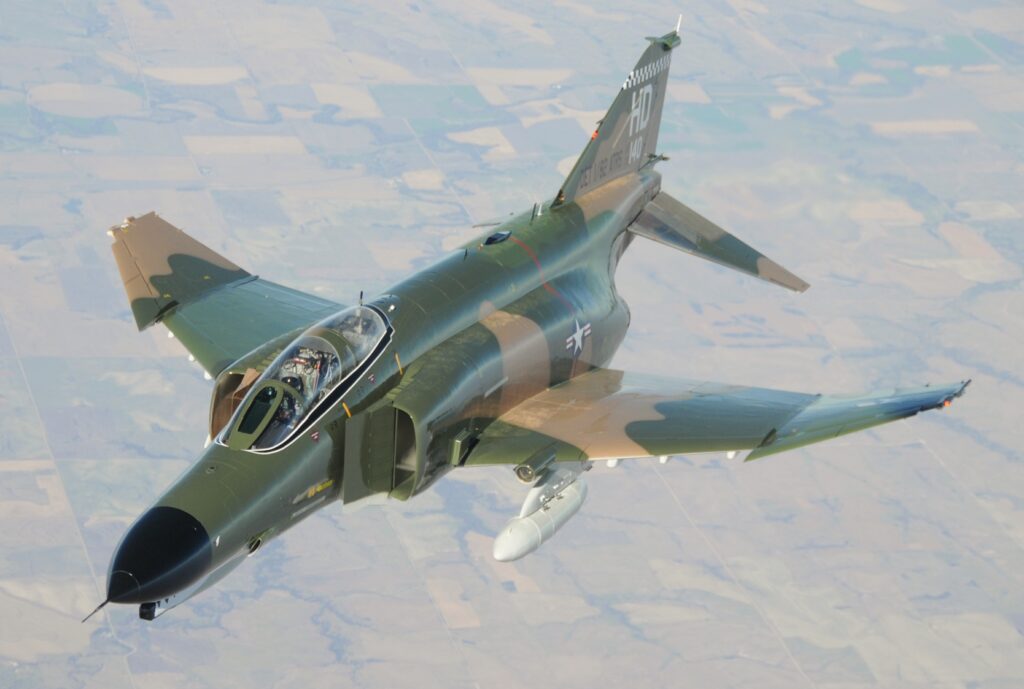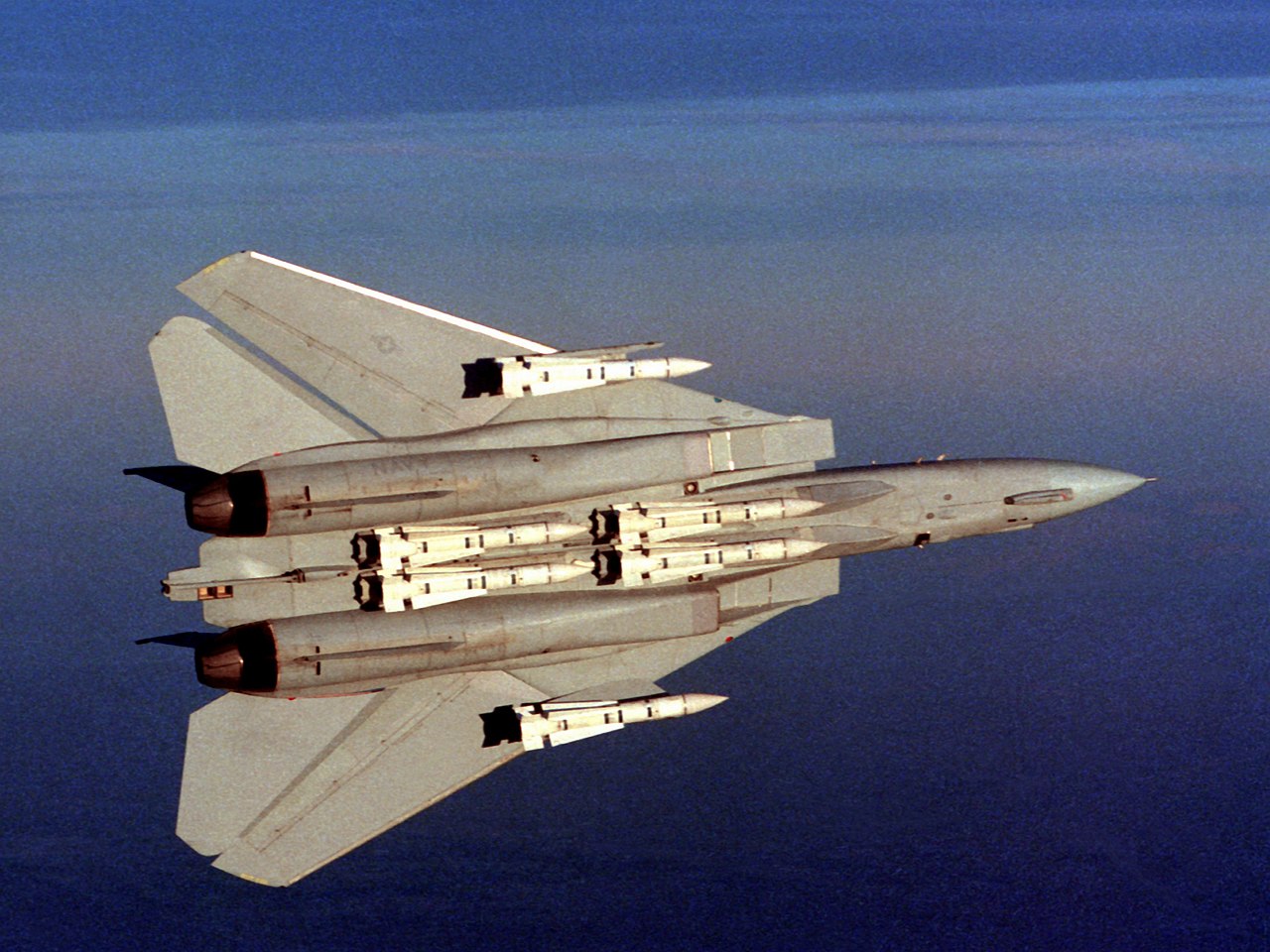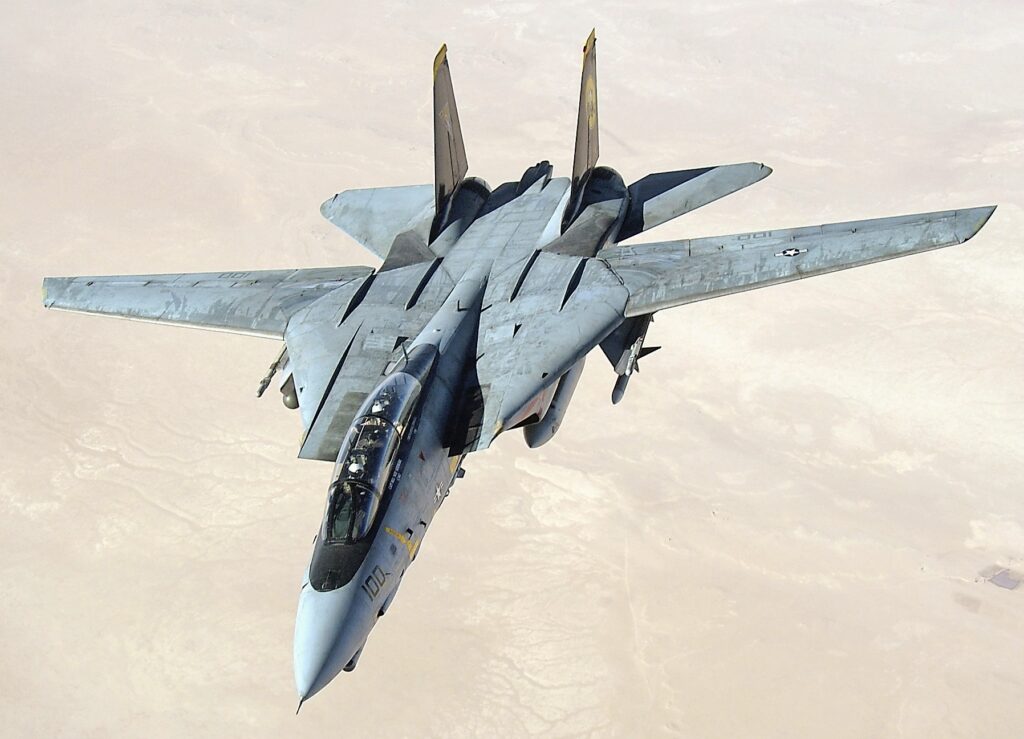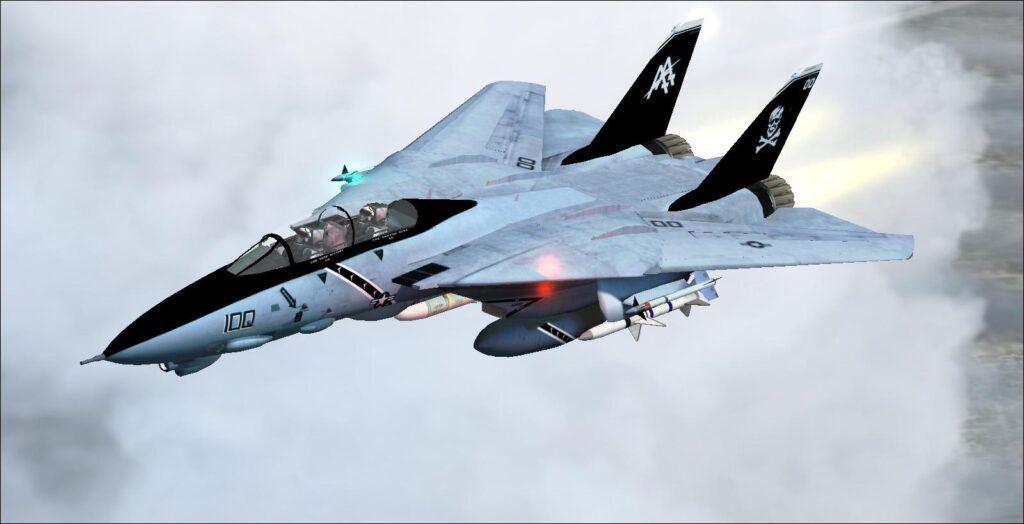The F-15 Eagle has been in service with the US Air Force for 47 years. Introduced in 1976, it is still flying in 2019 and will be retired only later this decade. The F-15 is a twin-engine fighter designed to take on other fighters; it was not designed to protect bombers or other slower aircraft from ground fire, and indeed that role has fallen to the F-16 Fighting Falcon over time.
The F-15 can fly as fast as 1,875 miles per hour, or just over Mach 2. While this is an impressive speed compared to most other aircraft, it’s not quite the fastest speed ever recorded; that distinction belongs to the SR-71 Blackbird, a long-range surveillance aircraft. However, the F-15 still has bragging rights for being much faster than any other US fighter jet. The F-15 was designed with the MiG 25 in mind—a Soviet competitor that was much faster than any American warplane at the time.


The F-15 was designed for air superiority in combat. Its ability to perform well beyond visual range engagements has made it one of the best fighters ever built. It is the most successful air-to-air combat fighter in history. The F-15 has been used in combat by the USAF since 1975 and is still used today. Since its introduction, it has also been used by Israel, Japan, and Saudi Arabia. In air combat, this plane has a kill ratio of 104 to zero. This aircraft was instrumental in Operation Desert Storm over Iraq in 1991 and was subsequently used throughout conflict zones in Iraq, Syria, Lebanon, and Israel.
The F-15’s twin engines come from the F-111, which is a fighter bomber that was first developed in the mid-1960s. The F-15 is a single-seat fighter, and even though it has two engines, it’s smaller than the F-111. It also weighs about 20 percent less, which led to its superior maneuverability. The twin engines enable the aircraft to be much more responsive as well as have a higher acceleration rate. Moreover, they are both 30 percent more powerful than the single-engine on the MiG 25. In other words, this means fewer trips to the gas station (or lack thereof). In addition, it has a range of 3,450 miles while carrying 23,000 pounds of bombs.

Upon entering the cockpit, they can immediately feel the crisp coolness of the pressurized environment. The pilot is not required to wear a pressure suit, as they would in an unpressurized aircraft. Additionally, their comfort is aided by the climate control system that maintains a wide range of temperatures. In essence, it is like being inside a small car with high-grade air conditioning and a powerful heater.
Modernized F-15s also ensure that pilots are well protected from outside noise and radio interference. The cockpit has been sealed off from the outside world to reduce noise levels inside by up to 50%. This makes communication easier and improves overall situational awareness for pilots flying at Mach 2 speeds at 30,000 feet above sea level.
The F-15 is somewhat unique among fighter jets in that it’s able to take off from both land and aircraft carriers without any modifications needed—a feature that’s especially impressive given the strength of its engine, which allows it to launch from an aircraft carrier as though it were on a runway.
The F-15 has been a mainstay of the U.S. air force since its debut in 1976, but its reputation spread far beyond American borders. More than 100 F-15s have been sold to U.S. allies in Asia, Europe, and the Middle East since then, including Japan (100), Saudi Arabia (60), Israel (36), South Korea (24), and Singapore (20). So many U.S. allies use the F-15 is just another testament to how popular it is overall.
The F-15 has been deployed in combat operations by several countries. The United States, Japan, Saudi Arabia, Israel, and other nations have used the F-15 to defend their borders from air attacks conducted by enemy fighter jets.
There are still more than 500 F-15s flying today – half of which are currently owned by Israel and Saudi Arabia.
Today, the U.S. operates fewer than 200 F-15s in its fleet, but they’re still some of the most advanced fighters in service. The Israeli Air Force has more than 100 F-15s while Saudi Arabia flies 70 of them as well.
Of course, it was the F-15C Eagle that achieved the most notoriety. The first of the Eagles to see combat, the C model destroyed 102 aircraft while losing none in air-to-air engagements. This record makes the F-15C perhaps the most successful air-to-air fighter aircraft in history. It’s been so successful that several nations still operate and fly them today. Both Israel and Saudi Arabia have modernized their fleets to improve their capabilities, and they continue to fly them regularly today.

Even now, 45 years after its creation, the F-15 continues to be sold around the world as an effective fighter jet for both air superiority and ground attack roles. Boeing has continued the development of both single and twin-engine variants of its Eagle for decades now. The latest version is known as the Silent Eagle – a stealthy variant capable of carrying internal bays for both weapons and fuel without compromising low observable characteristics.
And now, the F-15 has evolved into a multi-role tactical fighter with a proven track record and combat success. The aircraft has demonstrated its durability in thousands of sorties, both combat, and training. Thousands of pilots have flown the aircraft and it remains a stable element of the United States Air Force – one that will remain operational well into the 21st century.
The F-15 has been a fighter that has redefined what is possible in the skies. It was able to achieve for the United States what nothing else could, and it ushered in a new era of air superiority warfare that no other plane could hope to replicate. It has died its final death, but it will always be remembered as a pinnacle—and one of the best fighters ever built.
The F-15 was the ultimate example of a fighter jet, and fit perfectly with the US’s Cold War doctrine. The F-15 proved to be hyper air superiority, serving the USAF until the late 2000s, when the F-35 was waiting to take its place.




























